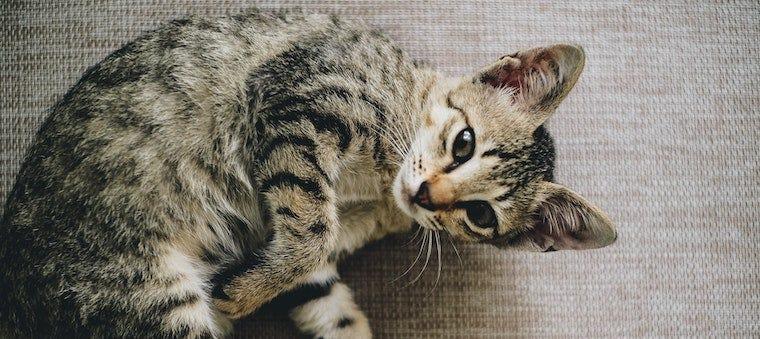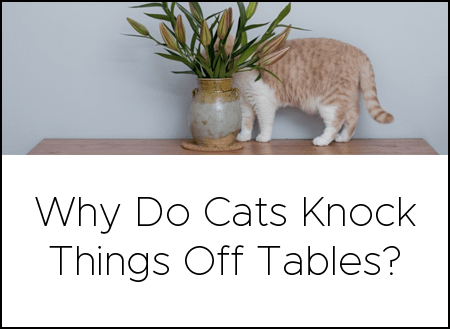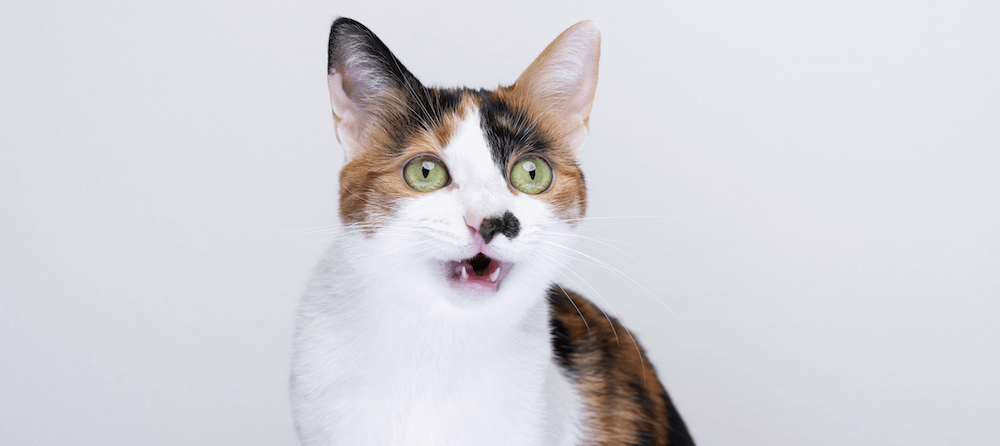Cats typically exhibit extraordinary poise—you might say they’re the ballet dancers of the animal kingdom. Therefore, it is especially concerning for a pet parent to see their cat suddenly lose all sense of balance and coordination. We’re talking about vestibular disease in cats. Thankfully this condition is uncommon, but it’s important for cat parents to recognize the signs.
So, what is vestibular disease in cats?
To the layperson, vestibular disease in cats will seem similar to vertigo in humans. The vestibular apparatus—seated deep within the inner ear—is responsible for maintaining a cat’s balance, along with their sense of orientation and direction. Any disturbances to this apparatus will upset your kitty’s equilibrium.
The good news is that vestibular disease in cats is typically harmless and short-lived. But in some cases, it can be a sign of more serious underlying issues that require veterinary attention.
Signs and symptoms
There are some abrupt (and frightening) symptoms that can accompany vestibular disease in cats, including the following:
- Falling or circling to one side
- Incoordination
- Rolling around on the floor
- Eyes darting back and forth (nystagmus)
- Anguished vocalizations
- Head tilting to one side
- Vomiting
Symptoms can range from mild (a cat seeming slightly off balance) to severe (unable to stand at all). Note: This condition is different from feline cerebellar hypoplasia (“wobbly cat syndrome”), which a cat is born with and cannot be cured.
What causes vestibular disease in cats?
There’s no single common cause for vestibular disease in cats. Cats of any age, gender, and breed may develop it. Potential causes of the condition range from inflammation or bacterial infections to drug reactions, tumors, cancer, and more. But according to Cornell Feline Health Center, “In most cases, the cause of vestibular malfunction will remain unknown and may be referred to, therefore, as idiopathic vestibular syndrome.”
Underlying issues
It’s important to note that if your cat has developed balance or coordination issues, there may be other serious conditions to blame:
- Polyps, infections, or tumors in the ear canal
- Encephalitis caused by FIP and other illnesses
- Hyperglycemic hyperosmolar syndrome caused by diabetes
- Hepatic lipidosis, aka “fatty liver”
- Drug toxicity, such as exposure to rodenticides, marijuana, salt overdose, etc.
- Spinal cord disease or trauma
- Rabies
Even if your cat’s symptoms seem mild and pass quickly, you should talk to your veterinarian. They may wish to examine your kitty with the potential concerns above in mind.
Diagnosis and treatment
There’s no one test to diagnose vestibular disease in cats. Vets will usually perform a thorough physical exam, including blood and urine tests, as well as a complete ear exam that explores the cat’s ears for signs of infection, inflammation, or tumors. They may also perform MRIs, skull X-rays, and spinal fluid analysis for more serious cases.
Treating the condition depends on whether the vet can determine an underlying cause. In the case of idiopathic vestibular syndrome—where the cause is unknown—treatment may include prescription anti-nausea meds and supportive care, such as assisted feeding and fluid administration. You’ll want to keep your cat in a soft, well-padded area where she can’t get hurt if she falls down. If your cat is unable to stand, you may need to bring her food and water and carry her to the litter box while she recovers.
Fortunately, vestibular disease in cats usually resolves on its own. Symptoms will often begin to improve in 1-3 days, and most cats are fully recovered in 2-3 weeks.
Although vestibular disease in cats is uncommon, it’s important to be aware of its signs. When in doubt, call your veterinarian for advice.
Sources:
Cover photo by Matiinu Ramadhan on Unsplash









